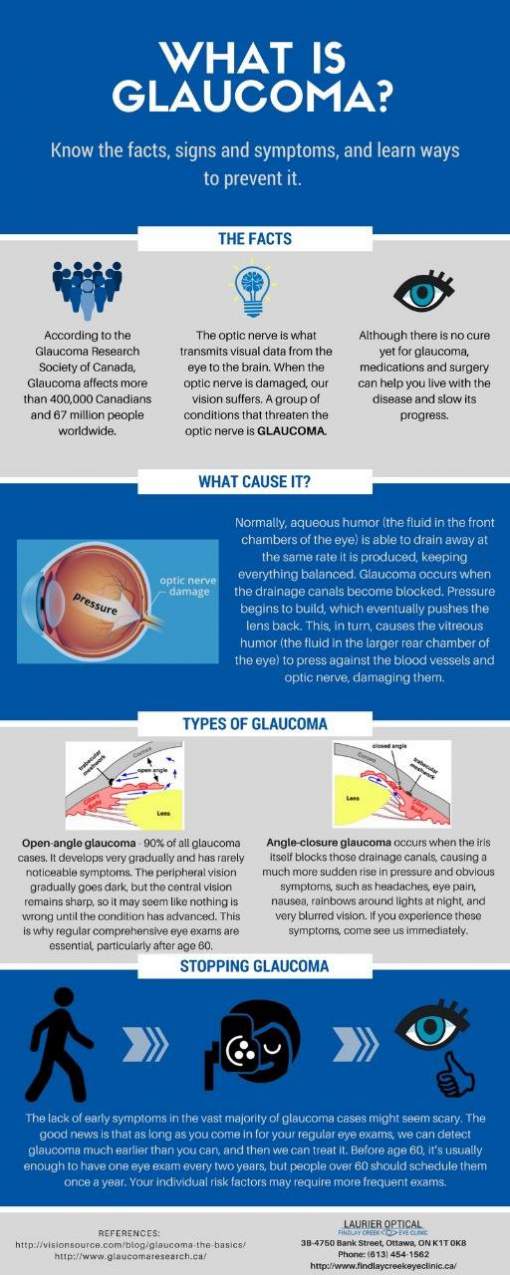If you're taking into consideration RLE surgery, it is necessary to understand the procedure and its effects for your vision. This cutting-edge strategy can resolve numerous vision problems by changing your natural lens with a man-made one. While the surgical procedure is generally safe and reliable, there are benefits and risks you must understand. Let's explore what this surgical treatment requires and just how it could influence your lasting eye health and wellness moving forward.
Understanding Refractive Lens Exchange Surgical Treatment
If you're taking into consideration vision improvement options, comprehending Refractive Lens Exchange (RLE) surgical procedure is important.
Keep Reading entails changing your eye's all-natural lens with a fabricated one to fix vision problems like nearsightedness, farsightedness, or presbyopia. This procedure resembles cataract surgical procedure, however it's done on people who do not have cataracts.
During RLE, the doctor removes your cloudy or clear lens and implants a personalized intraocular lens, customized to your vision needs. The surgical procedure usually takes around 15 to thirty minutes per eye and makes use of local anesthesia.
You'll likely experience quick healing, with improved vision often obvious within days. Recognizing the procedure aids you make informed decisions concerning your eye treatment and long-lasting vision health and wellness.
Benefits and Dangers of RLE
RLE surgery supplies countless advantages, making it an attractive alternative for those seeking vision improvement. One major benefit is the capacity for improved vision, often removing the demand for glasses or call lenses.
It can also deal with presbyopia and various other age-related vision issues, boosting your overall quality of life. Furthermore, RLE surgery generally has a fast healing time and long lasting results.
However, it is necessary to consider the dangers. While complications are rare, they can consist of infection, bleeding, or changes in vision. Some patients may experience glare or halos around lights.
Comprehending both the benefits and dangers will help you make an educated choice regarding whether RLE surgery is the appropriate choice for you. Constantly consult your eye treatment expert for tailored recommendations.
The Recuperation Refine After RLE
After going through RLE surgery, your recuperation procedure plays an essential function in attaining the very best feasible outcomes.
In the very first few days, you'll experience some pain and blurred vision, which is normal. Make sure to follow your specialist's post-operative guidelines very closely, including using prescribed eye goes down to stop infection and minimize inflammation.
Relax your eyes often, staying clear of screens and bright lights for the very first week. https://damon.bravejournal.net/transforming-blurriness-right-into-clearness-the-duty-of-rle-surgical ought to additionally avoid exhausting tasks, swimming, and rubbing your eyes for at least a number of weeks.
Go to all follow-up visits to monitor your healing progression.
As your eyes change, you'll observe improvements in your vision. Persistence is crucial-- give your eyes time to heal completely and appreciate your brand-new view!
Conclusion
To conclude, RLE surgical treatment can be a life-changing solution for remedying vision troubles. By recognizing the procedure, its benefits, and potential threats, you can make an enlightened option about your eye wellness. While LASIK Alternative For Thin Corneas may entail some first discomfort, numerous clients appreciate boosted vision and a far better quality of life later. If you're thinking about RLE, speak with your eye care specialist to see if it's the right choice for you.
